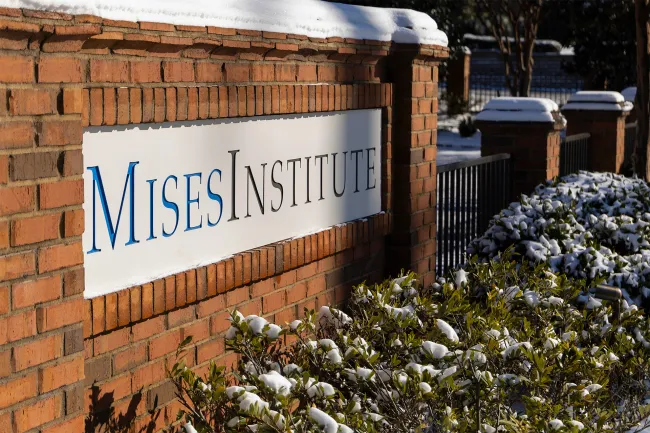The technological revolution—spearheaded by advances in robotics and generative artificial intelligence (AI)—is poised to reshape industries, redefine job roles, and challenge traditional labor markets. While the disruptive potential of these innovations raises concerns about widespread job displacement, the evidence suggests a more nuanced reality: these technologies can complement human labor, create new job opportunities, and enhance productivity. Drawing on insights from recent research, this article explores the multifaceted impact of robotics and generative AI on the job market, emphasizing their benefits.
The advent of robotics and AI has fueled fears of massive job redundancies. Automation, after all, excels at tasks once performed by humans—from repetitive manufacturing processes to advanced data analysis. Yet, contemporary research challenges the deterministic view that technology destroys jobs en masse. For example, in the study “Do Robots Really Destroy Jobs? Evidence from Europe” by David Klenert and colleagues (2023), the authors provide a comprehensive analysis of the interplay between automation and employment across European economies. Their conclusions reveal that industries with high robot adoption rates have better employment numbers and robots also do not reduce the share of low-skilled employees. Moreover, the study highlights that the deployment of industrial robots correlates with productivity gains, which, in turn, stimulate economic growth and the creation of new industries. These industries generate roles that often compensate for the losses caused by automation.
Similarly, the research “Robots, Tools, and Jobs: Evidence from the Brazilian Labour Market” by economists Gustavo De Souza and Haishi Li, demonstrates the dynamic relationship between robotics and employment. Although, the researchers observed that adopting robots decreased the employment of low-skilled workers, they also noted that the jobs produced by cheaper tools compensate for employment losses. Their analysis shows that automation initiated a reduction in the cost of labor complementing tools, with a 1 percent increase in tool imports boosting the employment of low-skilled workers by 0.26 percent and raising their wages by 0.06 percent, without any impact on elite workers. This highlights how technological adoption can have a direct, positive impact on low-skilled workers by creating opportunities and improving wages.
Furthermore, robotics and generative AI are not solely about replacement—they are tools that augment human capabilities. This perspective is particularly evident in healthcare, where technological integration has transformative potential. In “Robots and Labor in Nursing Homes” by Yong Suk Lee, Toshiaki Lizuka, and Karen Eggleston, the authors investigate how robots are revolutionizing elderly care. Robots designed for physical assistance—such as lifting patients or delivering supplies—reduce the physical burden on staff. This enables caregivers to focus on higher-value tasks like emotional support and medical attention, thereby improving the quality of care for clients.
The study also emphasizes that robots in healthcare settings alleviate labor shortages, especially in regions facing aging populations. Rather than replacing nurses or caregivers, robots complement their work, allowing institutions to function more efficiently and employees to engage in meaningful, less strenuous roles. This integration underscores how automation can coexist with human labor to address critical societal challenges.
Generative AI—systems capable of producing content such as text, images, and code—represents another frontier of technological progress. Research by Erik Brynjolfsson and colleagues in “Generative AI at Work” illustrates how these systems enhance productivity across various industries. Generative AI tools, such as ChatGPT or DALL-E, streamline tasks that involve content creation, customer interaction, and data analysis. By automating repetitive or mundane aspects of creative work, these tools enable professionals to focus on high-value activities.
Generative AI increases productivity by 14 percent on average, with considerable gains for low-skilled employees whose productivity improves by 34 percent. For example, in marketing and advertising, generative AI assists in creating campaign drafts, analyzing consumer data, and personalizing content at scale. Similarly, in software development, AI-driven code generators accelerate the programming process, allowing developers to prioritize complex problem-solving. These efficiencies not only boost output but also free up human workers to engage in innovative and strategic endeavors.
Brynjolfsson’s research further highlights the democratizing potential of generative AI. By lowering the barriers to entry for tasks requiring specialized knowledge or creativity, AI empowers individuals and small businesses to compete in domains traditionally dominated by larger firms. This democratization fosters economic inclusivity and stimulates entrepreneurial activity.
Despite its benefits, the adoption of robotics and AI raises concerns about exacerbating wage inequality. The report “Artificial Intelligence and Wage Inequality” published by the OECD examines this issue in detail. In the study, the authors reasoned that while AI-driven automation has the potential to widen income disparities by displacing lower-wage workers, targeted policies and upskilling initiatives can mitigate these effects. However, after testing the hypothesis, the authors found that AI exposure does not increase wage inequality within occupations. Instead, the adoption of AI made workers more productive, which reduced wage differentials by enhancing output across skill levels. These results highlight the role of technology in promoting efficiency without disproportionately favoring specific worker groups.
One of the most optimistic aspects of robotics and AI lies in their potential to generate entirely new industries and job categories. As seen in the European and Brazilian contexts, technological adoption drives demand for roles in robot manufacturing, maintenance, and programming. Additionally, the integration of generative AI spurs growth in fields like AI ethics, data privacy, and algorithm auditing.
These new technologies also foster interdisciplinary innovation. For example, advancements in AI-powered robotics have catalyzed developments in fields such as biotechnology, renewable energy, and space exploration. These sectors not only require technical expertise but also draw on skills from social sciences, design, and humanities, creating diverse employment opportunities.
The revolution in robotics and generative AI presents both risks and opportunities. While these technologies may disrupt traditional job markets, their potential to enhance productivity, create new roles, and address societal needs is immense. As evidenced by research spanning Europe, Brazil, and beyond, the net impact of automation depends on how societies adapt. By prioritizing education, fostering innovation, and ensuring easy access, we can harness the transformative power of robotics and AI to build a more productive and prosperous future.


